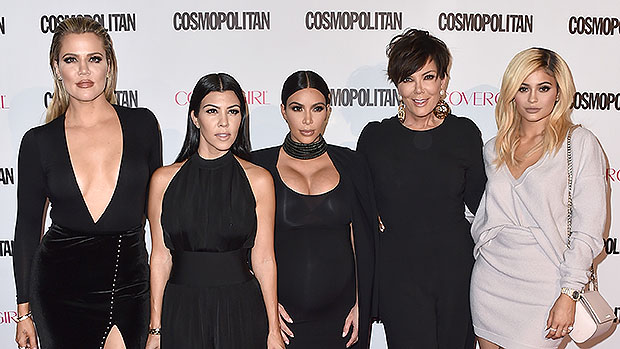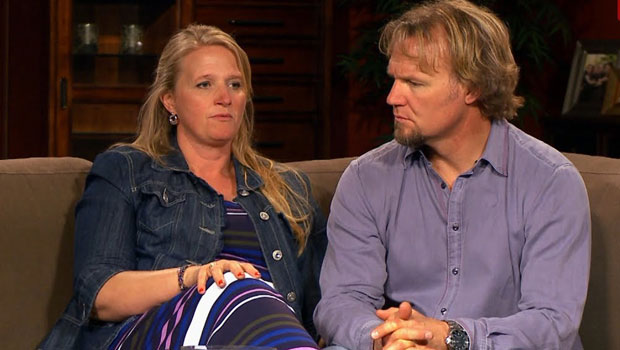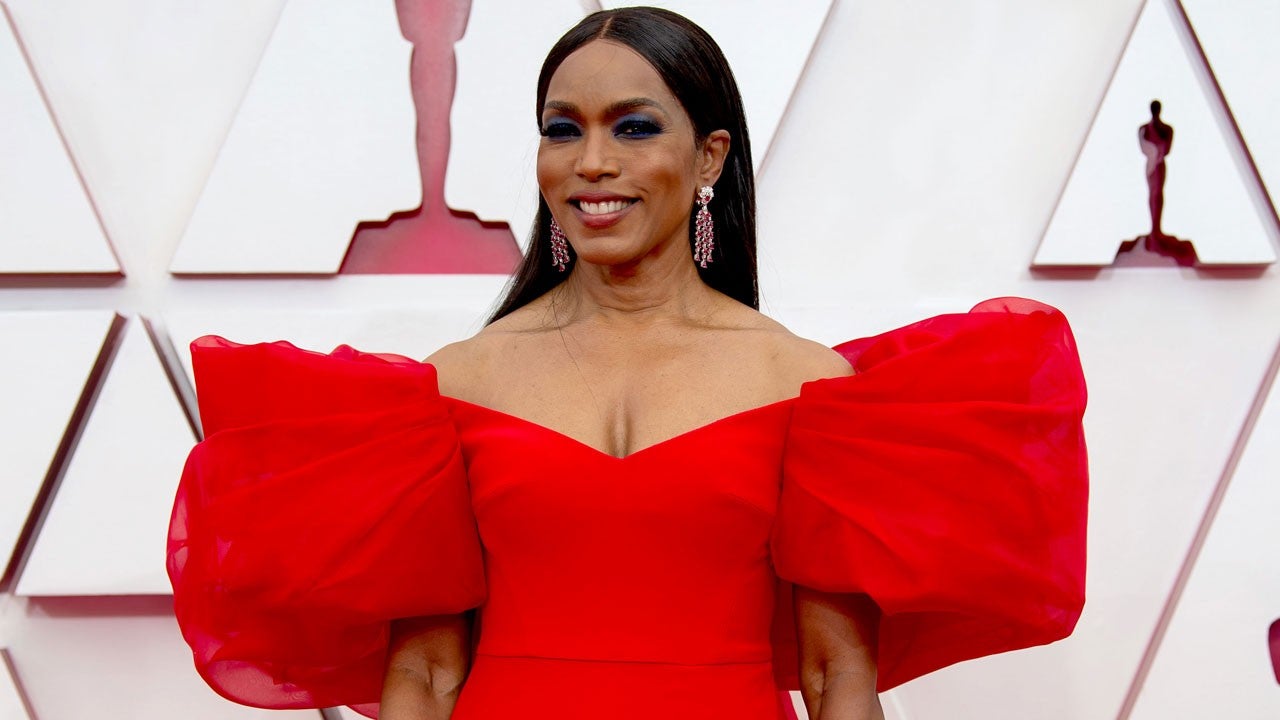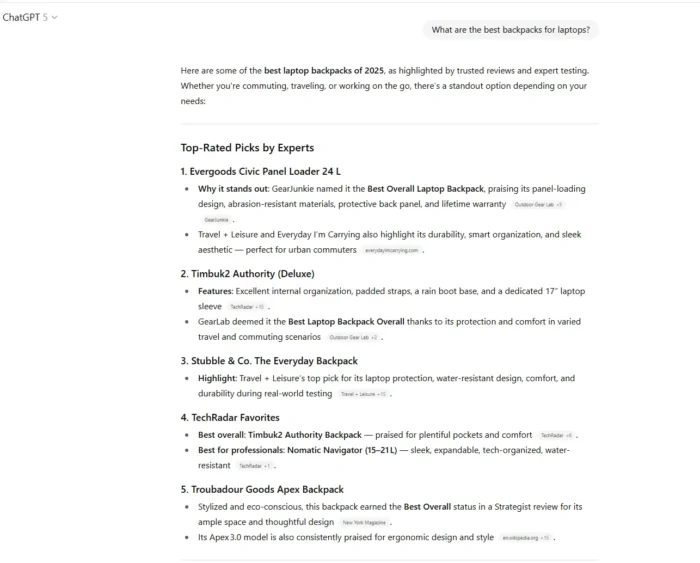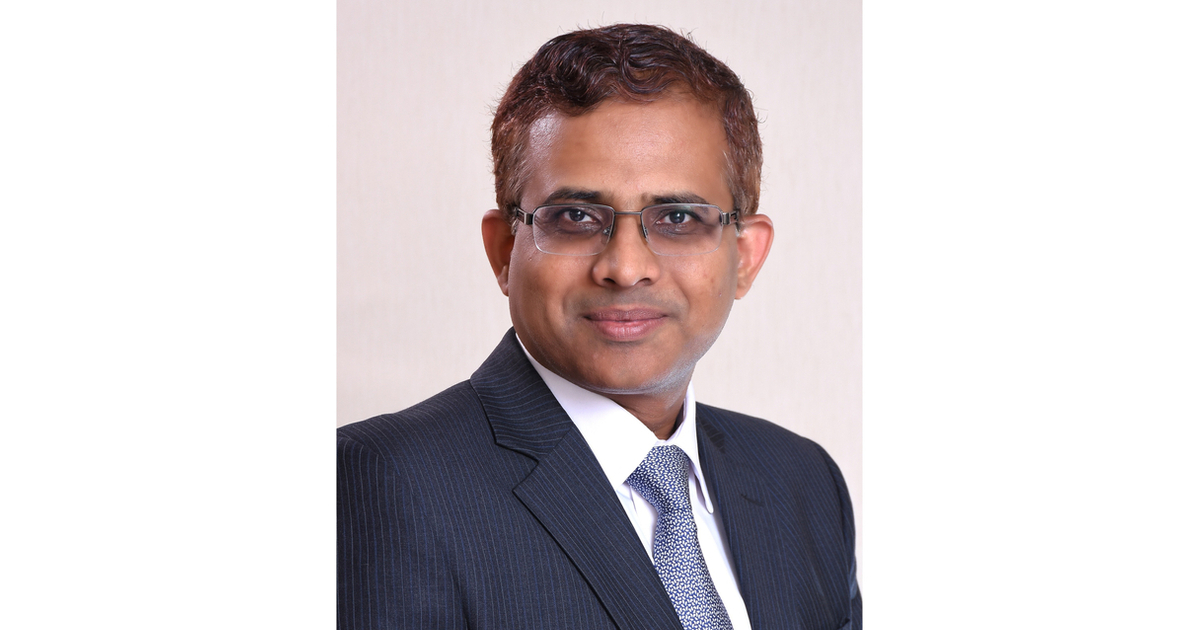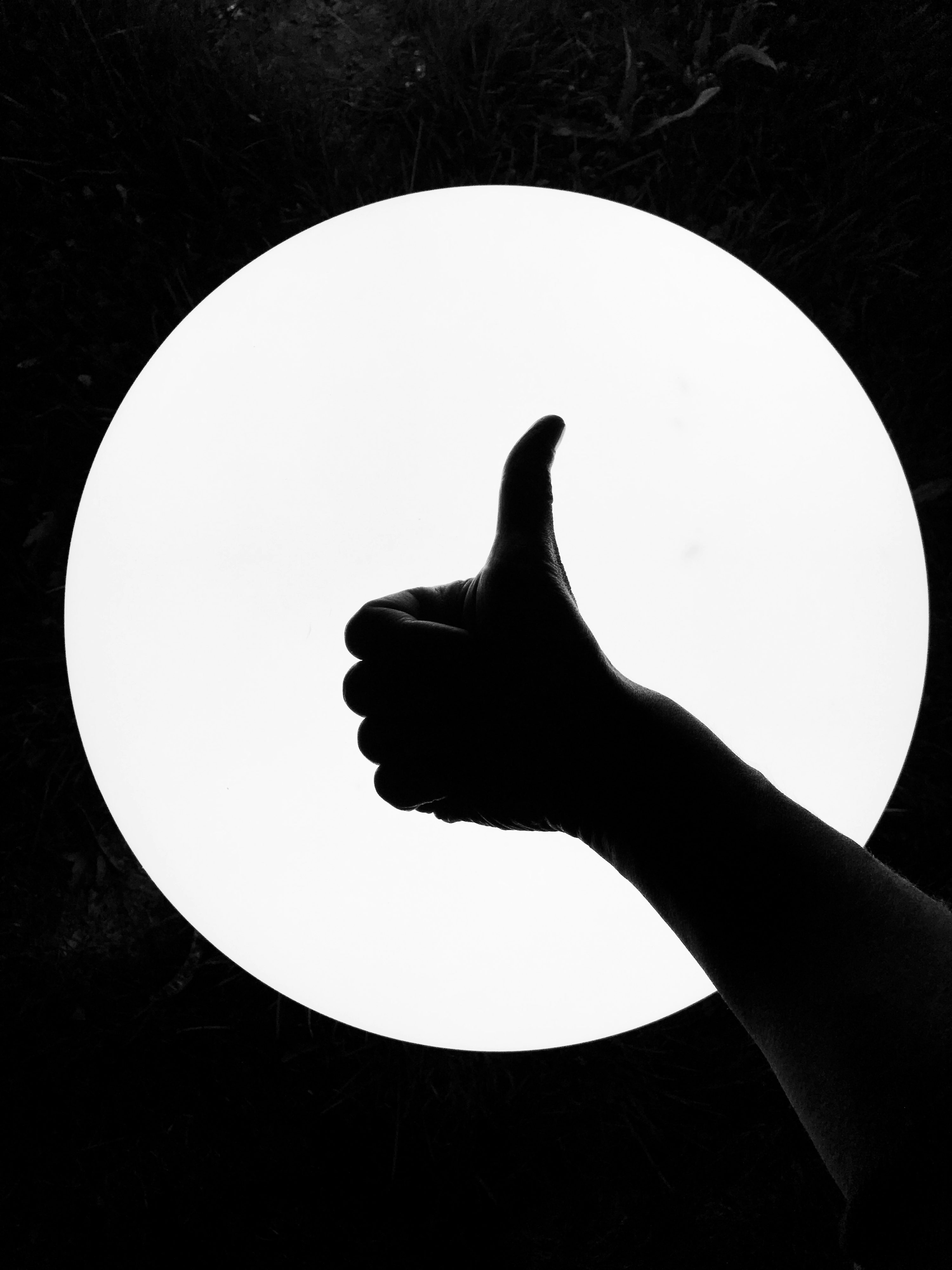Titi Yu Talks Community Organizing & Healing in “Rising Against Asian Hate: One Day in March”
Titi Yu is an Emmy-winning documentary filmmaker, producer, and journalist. Most recently, she won two Emmys for her investigative journalism with VICE News. She is also a recipient of the New York Press Club Award as well as the...
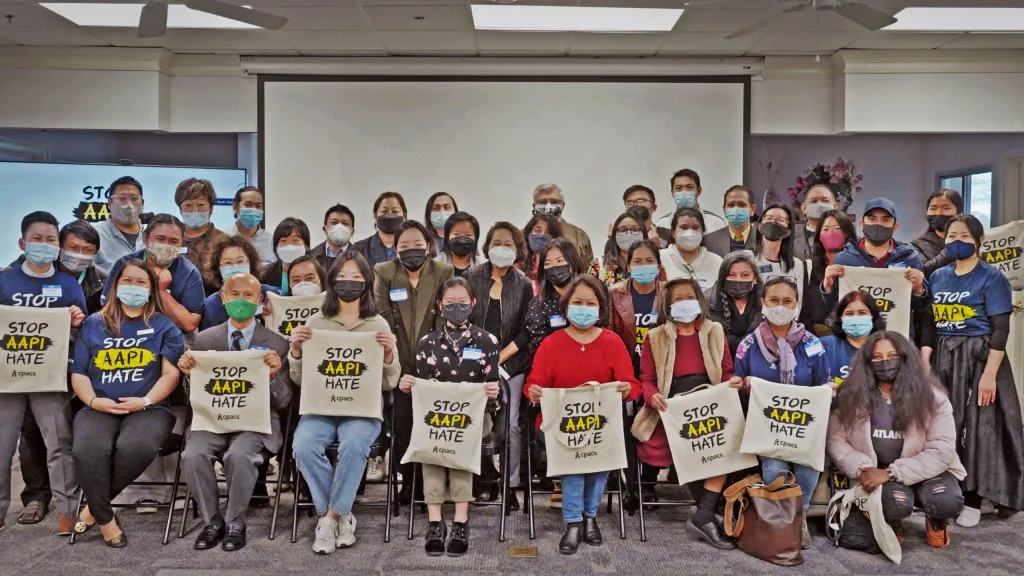
Titi Yu is an Emmy-winning documentary filmmaker, producer, and journalist. Most recently, she won two Emmys for her investigative journalism with VICE News. She is also a recipient of the New York Press Club Award as well as the Gracies Award. In a career spanning 15 years, Yu has produced and directed a wide range of documentaries for film and television. From being on the frontlines of investigating breaking news stories, to directing highly stylized television series, or setting the agenda for groundbreaking historical documentaries, Yu’s work can be seen from VICE, to CNN, to the Busan International Film Festival.
“Rising Against Asian Hate: One Day in March” premieres October 17 on PBS.
W&H: Describe the film for us in your own words.
TY: The documentary “Rising Against Anti-Asian Hate: One Day in March” is a film that chronicles the rise in anti-Asian violence during the pandemic that resulted in the Atlanta spa shooting on March 16, 2021.
W&H: What drew you to this story?
TY: Back in the winter of 2020, as the entire world was grappling with the fallout from the pandemic, many of us in the Asian American community began hearing about and seeing on social media incidents of Asian seniors and women being attacked. One of the first cases I remember was an Asian woman who had acid thrown in her face as she was sitting on her porch not far from me in Brooklyn. And then I heard about the Thai grandfather who was pushed to his death on a morning stroll, something that’s become routine for many elderly Asians. Many of us began fearing for our family members.
While we were seeing these gruesome videos, we were also witnessing then-President Trump dialing up his anti-China rhetoric and blaming Asian Americans for the global pandemic. For many in the Asian American community, there was a clear link between what we were seeing on the news cycle from Trump and what was happening on the street.
When March 16 happened, I wanted to understand not just how it affected the immediate families, but also how the community makes sense of this tragedy. Hate crime doesn’t just target individuals but targets the whole community. That’s the story I wanted to tell.
W&H: What do you want people to think about after they watch the film?
TY: Asian Americans are often scapegoated and blamed when something bad happens to America on the international stage. This was the case with Japanese Americans after WWII and Muslim Americans after 9/11. The Asian American Foundation (TAAF) recently found that more than 20 percent of Americans now blame Asians for the pandemic. This is actually up from 11 percent during the height of the pandemic. What that says to me is that violence against Asian Americans is not going away and will in fact, escalate.
Another point I hope people take away is that violence against vulnerable communities come in different forms. There is the kind of violence that happens on the streets that attacks a community’s sense of security and keeps them scared, insular, and in their homes. And then there is a different kind of violence that comes from denying a community their right to political representation and their right to vote. Our film tries to highlight that parallel in the case in Georgia. In a span of one year, the Asian American community there experienced a mass shooting and the loss of their political representation in the State Senate.
W&H: What was the biggest challenge in making the film?
TY: We were filming this during the Delta variant surge. Many of the in-person activities were cancelled and people were once again quarantined at home. People understandably didn’t want a film crew in their homes. This is particularly true if you live in a multi-generational family. So we were filming in Airbnbs and hotel rooms, which can be challenging because you simply don’t have access to the kind of intimacy that being in someone’s home offers.
The other challenge was, as we were making the film, more incidents of violence kept happening. Every other day another attack would happen. We had hired an almost all-Asian American film crew so many of these incidents really hit close to home for us. As we were going into our edits, Michelle Go was pushed to her death on a subway platform. A few weeks later, Christina Yuna Lee was murdered in her apartment in New York’s Chinatown. A few weeks later, the report about a man assaulting seven Asian women in a two-hour crime spree. For my staff, the editors, assistant editors, archival producers who are tasked with watching these clips every day, I know it took a deeply emotional toll. I couldn’t be more grateful for their work.
W&H: How did you get your film funded? Share some insights into how you got the film made.
TY: We were lucky that PBS was very supportive of the film from day one. My executive producer Gina Kim approached PBS to do an hour special on anti-Asian violence and they said yes immediately. From there, we put together a treatment and proposal and started approaching funders like the Center for Asian American Media (CAAM), who also came onboard immediately.
Our film is funded by a combination of foundations and PBS support, including our local PBS partner in New York, WNET.
W&H: What’s the best and worst advice you’ve received?
TY: The best advice I ever received — and it’s also the one I share with younger filmmakers most frequently — is don’t take things personally. Don’t take nos personally. Don’t take rejections personally. And, especially, don’t take other people’s bad attitudes personally.
The worst advice is probably from people who told me to not make a career of documentary filmmaking. I am glad I didn’t listen to them. Things are not always easy, but this journey has enriched my life in ways I couldn’t have imagined if I picked another career.
W&H: What advice do you have for other women directors?
TY: Filmmaking is a cutthroat industry. My advice to young women directors is to grow a thick skin. You will fail more often than you will succeed. And more people will say no to you than yes.
Those who have longevity in this industry are those who have nurtured not just their own careers but also the careers of their collaborators: producers, DPs, editors, and other creative people. Find people who speak your language and uplift their careers. When you make you first, and second, and third film, it will be on their shoulders that you will hinge your success.
W&H: Name your favorite woman-directed film and why.
TY: One of my all-time favorite documentary films is the iconic “Paris Is Burning,” directed by Jennie Livingston. I think it was one of the first documentaries I ever saw in the late ’90s, years after it came out. I loved it because it was so real, so raw, and so intimate.
Even though my life experience couldn’t be more different from those in the film, I could relate to their sense of alienation and search for belonging. Watching that film, I understood immediately the power of filmmaking to reach beyond our differences.
W&H: What, if any, responsibilities do you think storytellers have to confront the tumult in the world, from the pandemic to the loss of abortion rights and systemic violence?
TY: I think the tumults of the world are what make storytelling so compelling, particularly for documentary filmmakers. Things like abortion rights and systemic violence aren’t things that happen in a vacuum: they are played out in very real ways in people’s lives. To me, that’s where the interesting storytelling is, how these big world issues play out in everyday people’s lives on the daily level.
W&H: The film industry has a long history of underrepresenting people of color onscreen and behind the scenes and reinforcing — and creating — negative stereotypes. What actions do you think need to be taken to make it more inclusive?
TY: A few years ago when I first started in film, “diversity” meant all the interns and the grunts on a production were all BIPOCs and women, while the decision makers were all white men. BIPOCs were there because we fulfilled their diversity quotas and we all worked really hard. But that’s slowly changing. We are starting to see some real change at the top executive level with women and BIPOC folks wielding real decision-making power. That’s changing the kinds of projects that are getting funded and green lit.
I think those are very exciting developments for filmmakers. But it needs to happen faster and we need to see more of it. Across the board, I think executives are realizing younger consumers are smarter and more discerning. They can sniff out films that are inauthentic. So I hope for more exciting opportunity to tell our own stories.

 UsenB
UsenB 








